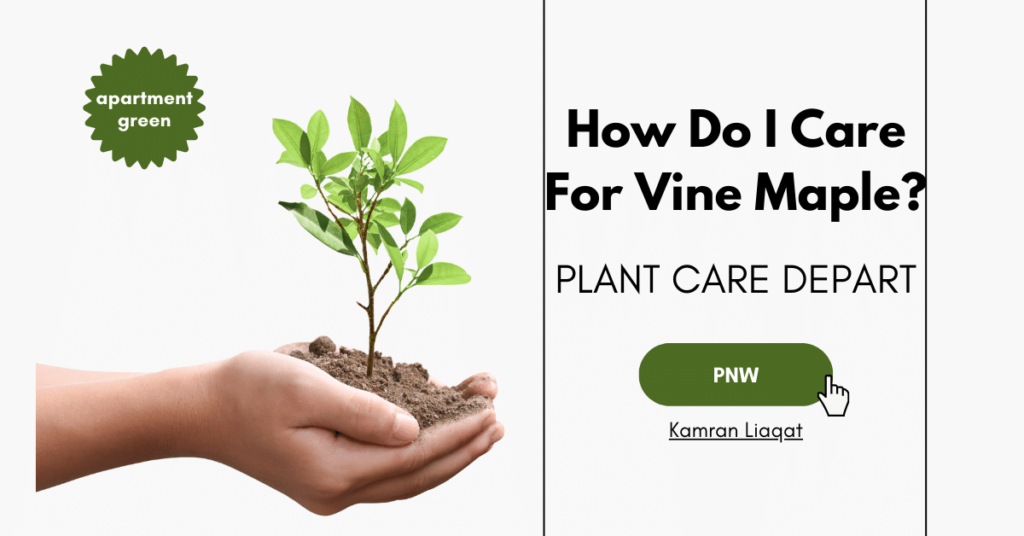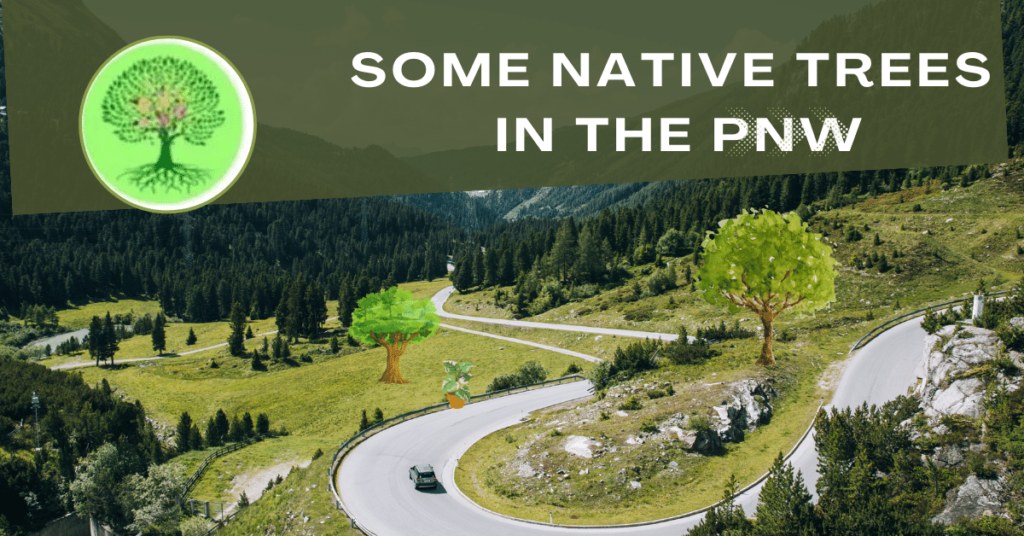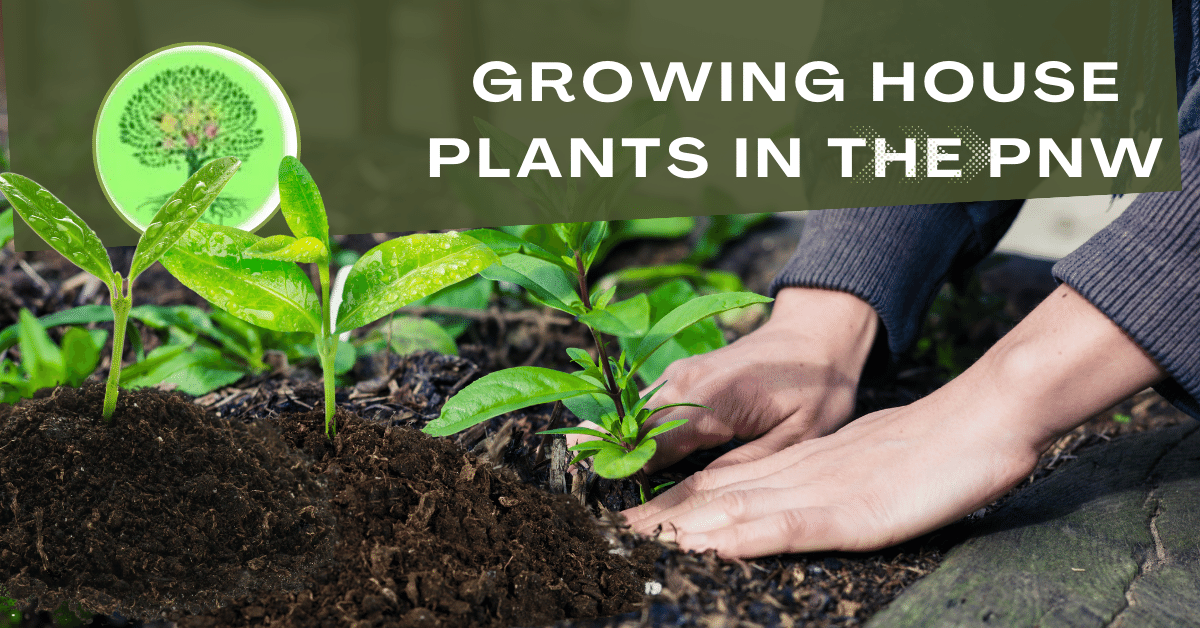Hey there! Are you interested in growing house plants in the Pacific Northwest (PNW)? It’s such a rewarding and enjoyable hobby, but it does require a bit of knowledge and care. Don’t worry though, I’m here to help!
The PNW is a diverse region with different climates, soils, and sunlight conditions, so not all house plants will thrive in every location. But fear not, in this blog post, I’ll be sharing some fantastic tips and resources to get you started on your house plant journey in the PNW.
You’ll learn all about choosing the perfect plants for your specific environment, as well as how to provide them with the right soil, water, and fertilizer. And don’t worry, I’ll also guide you through the process of pruning, repotting, and propagating your plants whenever necessary.
Oh, and get ready to discover some of the most stunning and resilient native plant species that can be grown both indoors and outdoors in the PNW. They’ll add a touch of beauty to your space!
No matter if you’re a beginner or an expert, I’ve got you covered. Let’s dive into the wonderful world of house plants in the PNW together!

What are some common house plants in the PNW?
Hey there! If you’re looking for some awesome house plants to brighten up your PNW home, I’ve got a few recommendations for you:
Vine Maple
This beauty can reach heights of up to 20 feet and loves hanging out in part sun or shade. It’s totally cool with a little bit of wetness too.
In April, it puts on a show with its gorgeous flowers, and in the fall, its foliage turns into a stunning array of colors. Plus, it’s a great spot for butterfly larvae to hang out and provides seeds and nesting spots for our feathered friends.
Indian Plum
This shrub or small tree can grow up to 15 feet tall and is a real trooper when it comes to handling full sun or full shade. It’s one of the first plants to bloom and leaf out in the spring, and its white blossoms smell absolutely divine. Oh, and did I mention it produces edible purple fruits? Bees, flies, and birds can’t resist this one.
Red Flowering Currant
This large shrub is a showstopper, reaching heights of up to 8 feet. It loves chilling in part shade or full sun and can handle a bit of dryness.
In the spring, it bursts into clusters of pink, red, or white flowers that are a magnet for hummingbirds and butterflies. And as if that wasn’t enough, it also produces berries that birds and mammals can’t resist.
If you’re into evergreen shrubs, you’ll love the Evergreen Huckleberry. This beauty can grow up to 15 feet tall and is totally cool with part sun or full shade.
It has glossy green leaves and in the spring, it shows off with pinkish-white flowers that hummingbirds and bees can’t resist. And the best part? It produces delicious black berries in the fall that both birds and humans can enjoy.
The Lewisia
This little guy is a perennial herb that reaches heights of about 1 foot. It loves soaking up the sun and needs well-drained soil to thrive.
Its succulent leaves and showy flowers in shades of pink, red, or white will add a pop of color to your garden from spring all the way through summer. Plus, it’s a native wildflower that can be grown in rock gardens or containers.
How Do I Care For Vine Maple?

Vine maple is such a stunning and versatile tree that thrives in the Pacific Northwest. If you want to take good care of your vine maple, here are some friendly tips to follow:
- Find a spot that gets plenty of sunlight or partial shade, and make sure the soil is well-drained and slightly acidic.
- When you first plant your vine maple, give it a nice deep watering regularly for a few weeks. After that, water it once a week or whenever the top inch of soil feels dry.
- To keep your vine maple healthy and happy, give it a monthly dose of balanced fertilizer. You can also add some compost to the soil in the early spring for an extra boost.
- Late winter or early spring is the perfect time to prune your vine maple. This will help shape it and encourage new growth. Don’t forget to remove any dead or diseased branches as needed.
- Adding a layer of mulch around your vine maple will help retain moisture and keep pesky weeds at bay.
- Keep an eye out for pests and diseases like aphids, scale insects, leaf spot, and powdery mildew. If you spot any issues, take action to address them promptly.
By following these simple steps, you’ll be able to enjoy the breathtaking foliage and flowers of your vine maple for many years to come. Happy gardening!
What are some other native trees in the PNW?

Some additional native trees found in the Pacific Northwest region include:
The Douglas-fir (Pseudotsuga menziesii)
This majestic evergreen tree can reach heights of up to 300 feet. It features soft, flat needle-like leaves and distinctive cone bracts resembling mouse tails.
The Douglas-fir is not only the state tree of Oregon but also the most prevalent tree species in the Pacific Northwest.
The Western redcedar (Thuja plicata)
This large, long-lived evergreen tree can grow up to 200 feet tall. It possesses aromatic, glossy scale-like leaves and small reddish-brown egg-shaped cones.
The Western redcedar is highly valued for its durable wood, which exhibits resistance to decay. Native Americans have traditionally utilized this tree for various purposes, including crafting baskets, canoes, and totem poles.
The Big Leaf Maple (Acer macrophyllum)
As a deciduous tree, the Bigleaf maple can reach heights of up to 100 feet. It boasts large palmate and lobed leaves, as well as drooping clusters of yellow flowers.
The tree produces winged seeds that are dispersed by the wind. Its vibrant fall foliage ranges from yellow to orange to red, making it an excellent shade tree that provides food and shelter for wildlife.
The Pacific madrone (Arbutus menziesii)
This evergreen tree can grow up to 80 feet tall. It features oval, serrated leathery leaves and clusters of white or pink flowers.
The Pacific madrone produces edible red berries that attract birds. Its smooth bark peels off in thin layers, revealing various colors underneath. This striking ornamental tree is known for its ability to thrive in dry and rocky soils.
The Vine maple (Acer circinatum)
This small tree or large shrub can reach heights of up to 20 feet. It possesses circular, lobed leaves that grow in opposite pairs, as well as clusters of red or yellow flowers.
The Vine maple produces winged seeds that are dispersed by the wind. Its bright fall colors range from yellow to orange to red. This versatile plant is often found in understory environments, forming thickets or climbing on other trees.
What are some benefits of planting native trees?
Planting native trees has numerous benefits that extend beyond just their aesthetic appeal. These trees play a vital role in supporting the local wildlife, providing them with essential food and shelter.
Birds, insects, and mammals rely on these native plants for their survival, making them an integral part of our ecosystem.
One of the remarkable advantages of planting native trees is their ability to thrive in their natural environment. These trees have evolved over time to adapt to the specific conditions of the soil, climate, and surroundings where they naturally grow.
This adaptability increases their chances of survival, ensuring that they can flourish and contribute to the overall health of the ecosystem.
Moreover, native trees require less maintenance compared to non-native species. They have developed resilience to withstand various weather conditions and can access the necessary nutrients from the soil.
This means less water, fertilizer, and pesticides are needed to sustain them, reducing the environmental impact and the effort required to care for them.
Unlike invasive species, native trees do not spread uncontrollably and overpower other native plants for resources. They coexist harmoniously with the existing flora, maintaining a balanced ecosystem and preserving biodiversity.
In addition to their ecological benefits, native trees also offer visual delights. With their showy flowers, colorful fruits and seeds, and vibrant seasonal changes, they enhance the beauty of our surroundings.
Their presence brings joy and tranquility to our lives, creating a sense of connection with nature.
Lastly, native trees contribute to our well-being. They act as natural air purifiers, removing pollutants from the atmosphere and providing us with cleaner air to breathe.
They also release oxygen, combat rising temperatures, and help reduce stress levels. Their presence in our environment promotes a healthier and more sustainable lifestyle for both humans and wildlife.
In conclusion, planting native trees is not only a responsible choice but also a compassionate one.
By embracing these trees, we can create a thriving ecosystem that supports local wildlife, enhances the beauty of our surroundings, and improves our overall well-being.
Where can I buy native trees in the PNW?
king for in the Pacific Northwest. There are many options available to you, and I understand how important it is to choose the right ones for your needs. Here are some of the nurseries that I found from my research:
- Plants Northwest Inc: They offer a wide variety of plant material, including native trees, and have received positive reviews from customers.
- Swansons Nursery: They specialize in providing information and quality native plants for urban garden environments, and have a selection of native trees, shrubs, and other plants.
- Clarks Native Trees: They specialize in native plants and shrubs of the Pacific Northwest, and have a diverse selection of native evergreen plants and other trees and bushes.
- Burnt Ridge Nursery: They sell a variety of fruiting plants and trees, including some Pacific Northwest natives, and have a selection of native berries and trees.
- Plantas nativa LLC: They offer Northwest native plant nursery stock for restoration and landscaping projects, and also provide consulting services and educational workshops on native plant gardening.
I understand how important it is to choose the right native trees for your needs, and I hope that these options will help you find what you are looking for.
